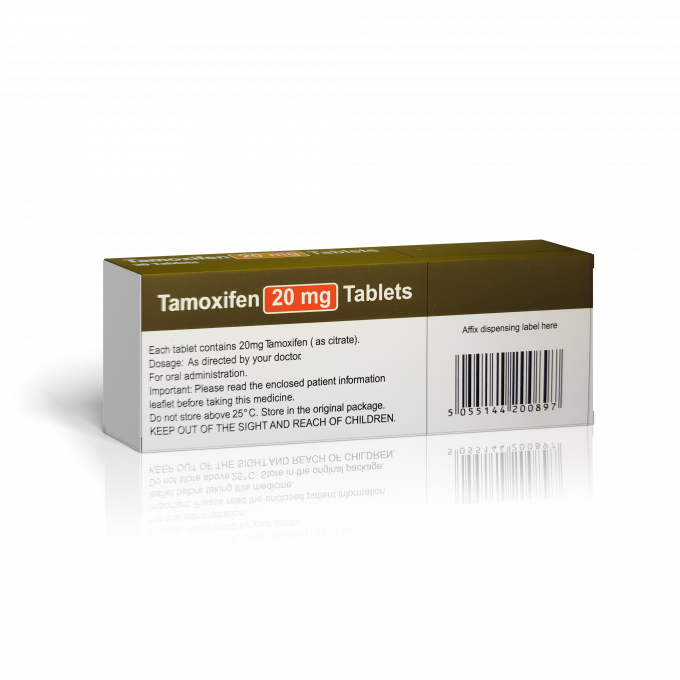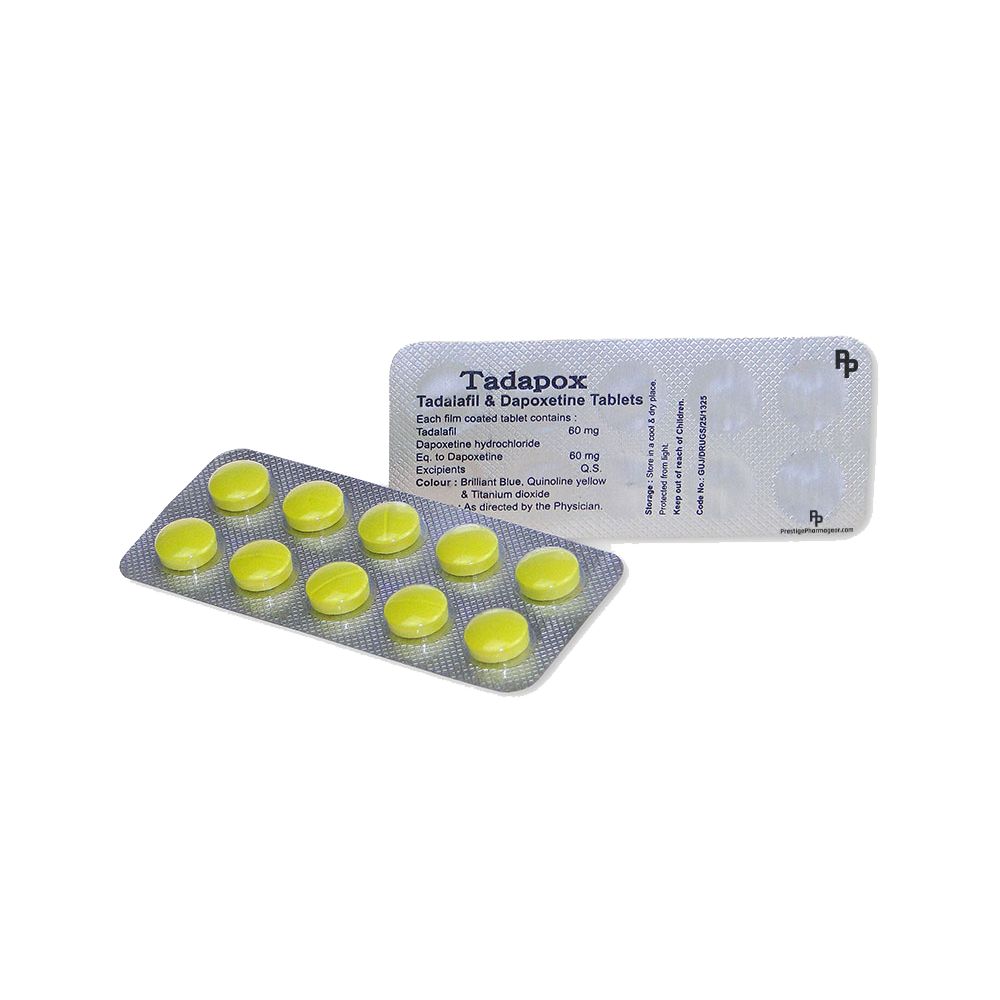Description
Overview and History of HCG
Human Chorionic Gonadotropin (HCG) is what is known as a protein hormone (or a peptide hormone) that is naturally and endogenously produced by the female human body by the syncytiotrophoblast cells in the placenta. In females, HCG plays a very important role in stimulating the release of Progesterone, which is a hormone vitally essential for pregnancy. HCG that is bottled for human use is not synthesized in creation, but is instead obtained from humans. Specifically, it is found in very high concentrations in pregnant females as previously stated. HCG is in fact what is used as the number one primary indication of pregnancy in females, as it is only present in very, very high quantities in females during pregnancy. HCG is what the home pregnancy tests detect in urine, and if present in significant quantities, the home pregnancy tests will turn blue. In women who are pregnant, HCG increases in the body rise very rapidly, and can be detected within 7 days of increased secretion in the body. At this time period, however, HCG levels are only beginning to rise, and blood plasma levels of HCG do not actually peak until approximately 2 – 3 months into pregnancy. Following this 2 – 3 month period, HCG levels then begin to decline.
Chemical Characteristics of HCG
Human Chorionic Gonadotropin (HCG) is a protein (or peptide) hormone, but it is more specifically referred to as an oligosaccharide glycoprotein (a protein molecule that contains one or more carbohydrates/sugar molecules affixed to it as well). Its protein structure consists of an amino acid chain of 244 amino acids, with a sub-unit of 92 amino acids on it that is 100% identical to LH and FSH. It is this subsection of the HCG molecule that enables it to mimic the action of LH and FSH 100% identically on the same receptors in the cells that LH and FSH activate.
Properties of HCG
HCG’s primary purpose is that of either the treatment of female infertility, or for the use of stimulating and/or increasing endogenous Testosterone production in men.
HCG Side Effects
Estrogenic Side Effects
It has been previously covered in this profile that HCG will increase testicular aromatase activity, which can result in the manifestation of Estrogenic side effects as a result of increased Estrogen generated by aromatization (conversion) of androgens into Estrogen. It has therefore been recommended that individuals utilize an aromatase inhibitor (AI) during HCG use, and as previously outlined, the most suitable AI for this purpose is Aromasin (Exemestane). Other AIs can be utilized as well, but the common PCT protocol of HCG, Nolvadex, and an aromatase inhibitor will present problems if the other two commonly known AIs are used (Letrozole and Arimidex). This has been covered extensively in the HCG doses portion of this profile.









